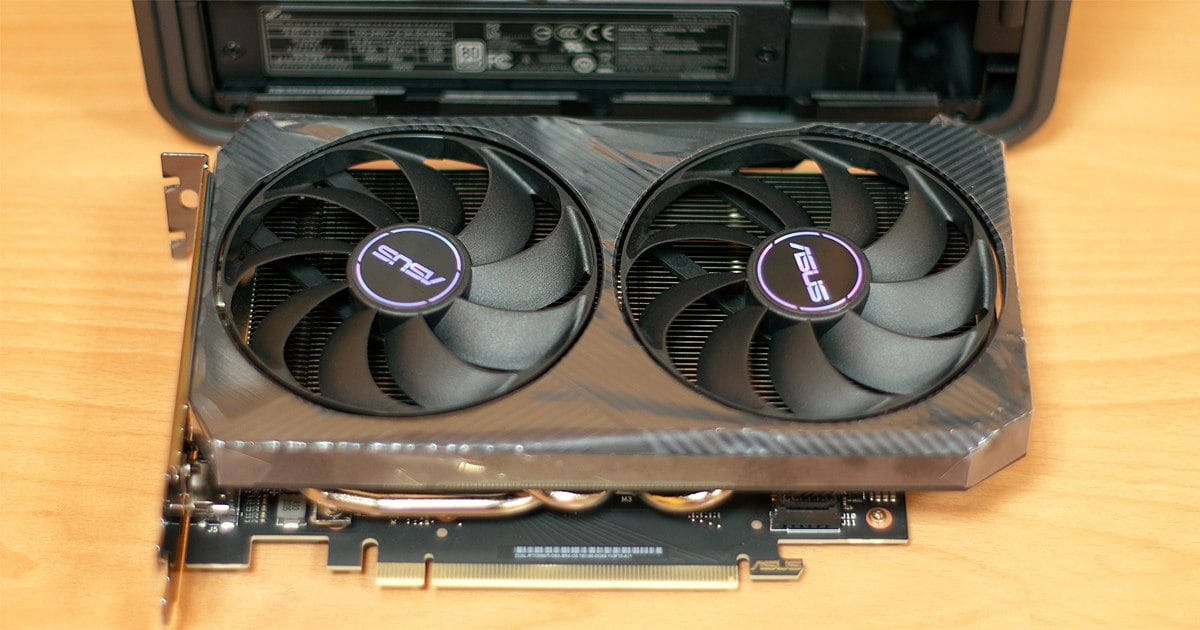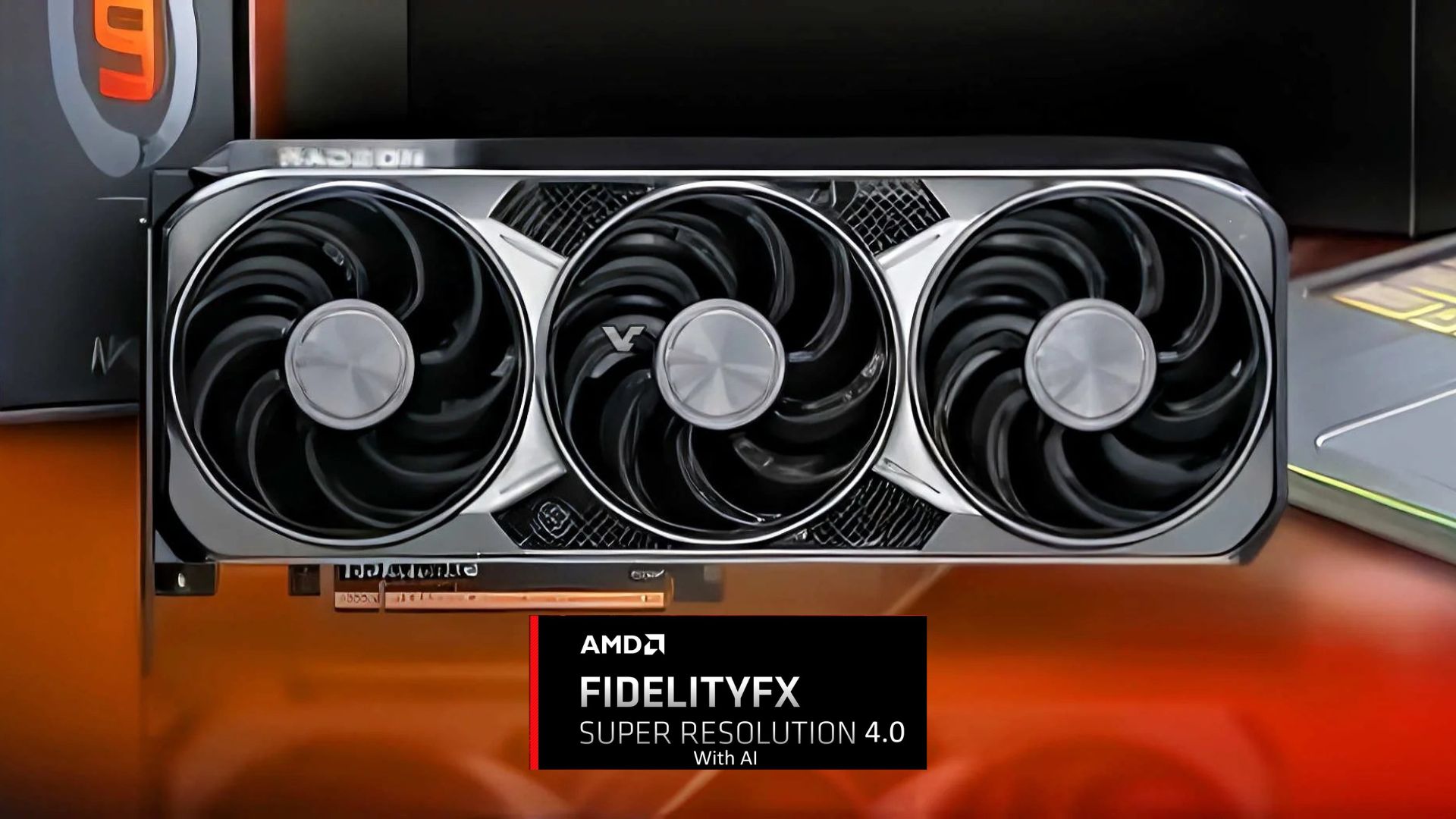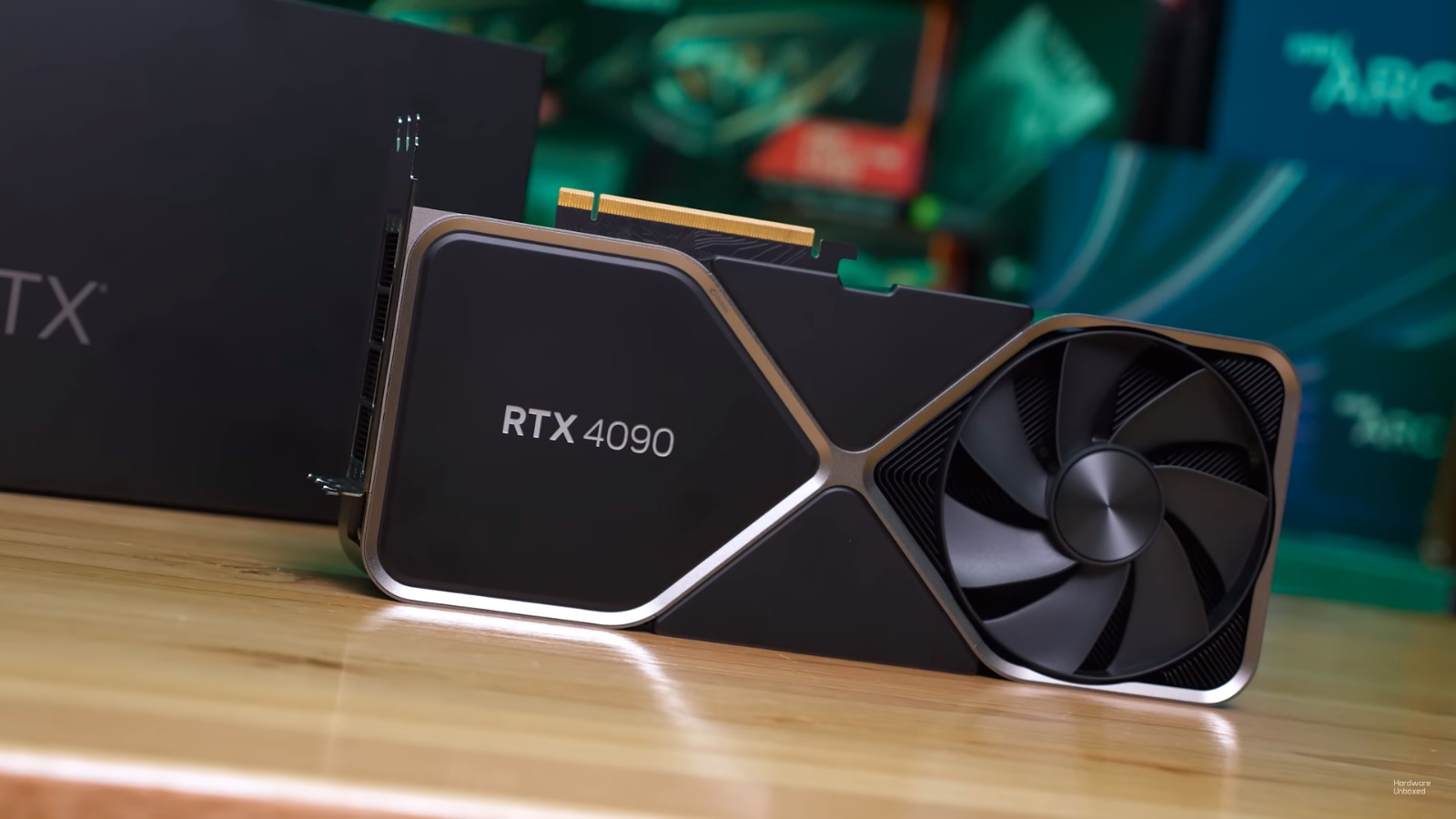- The Nvidia vs AMD rivalry is more intense than ever impacting developers, gamers and creators.
- Nvidia still leads AI integration, but AMD is quickly closing the gap with smarter software and wider compatibility.
- AMD leads in thermal and power efficiency which makes it ideal for compact and low noise setups.
- AMD wins on value and availability whereas Nvidia offers long-term power for those that can afford to pay the premium
For many years Nvidia and AMD have been battling it out in the field of raw power, price to performance and innovation. In 2025 this rivalry has reached new heights, with both companies pushing the boundaries in AI features, architecture and power efficiency. However, when we analyze their latest offerings it’s clear that it’s not about gaming anymore the battle is for the future of computing.
AI Features Take Center Stage
Nvidia’s DLSS 4.0 continues to impress by offering stunning performance boosts through AI powered frame generation. This combined with NeuralRT for real time path tracing, Nvidia cards dominate ray tracing heavy titles. On the other hand, AMDs FSR 3.1 has made strides towards fluidity and image quality especially on midrange hardware. AMD FSR 4 is also on the horizon which will directly compete against DLSS 4.0.

Today, GPUs are not about gaming anymore. Both companies are now marketing their GPUs heavily towards AI workloads. AMDs ROCm platform is becoming more accessible especially with the rise of open-source tools, but Nvidia’s CUDA ecosystem still leads. AMD is currently making strides into researching for new upscaling techniques to rival Nvidia.
Gaming Performance: Frame Wars Continue
If we talk about pure gaming horsepower Nvidia’s RTX 5090 sits at the top delivering unparalleled performance in 8k and 4k. However, AMDs Radeon RX 8900 XTX delivers almost the same performance, but at a slightly lower price.

Benchmark’s show a 5-10% lead for Nvidia at the high end but AMD is quickly closing the gap where it matters the most (price to performance). For 1080p and 1440p gamers, AMD options are compelling.
Efficiency, Thermals & Power Draw
Nvidia’s Blackwell architecture brings improved performance per-watt over Ada Lovelace. However, AMDs RDNA 4 is winning hearts with overall improved performance across the board. AMD GPUs tend to run quieter and consume less energy under high loads especially at 1440p.
Both companies now support frame generation and dynamic resolution scaling. This helps optimize thermals in real time and AMDs latest software has added user-friendly fan control and other options that are attractive to DIY builders.
Driver Ecosystem & Software Experience
Nvidia’s GeForce experience has improved significantly in 2025 with the new G Assist, but the feature is sometimes bloated and locked behind logins. On the other hand, AMDs Adrenaline Edition has improved significantly offering reliable updates, clean integration and performance monitoring without any problems.

One of AMDs biggest wins in 2025 is better day-zero driver support for major AAA releases which was a weak spot in previous years. Nvidia however, still has the upper hand in professional drivers for workstations.
Pricing, Availability & Future-Proofing
Recently, pricing and availability have become key battlegrounds. AMDs consistent pricing strategy and wide third-party manufacturing support make it easier to find cards at MSRP. Nvidia’s GPUs remain more expensive especially at the higher end but, often come with perks like GeForce Now credits or game bundles.
Future proofing also favors Nvidia slightly with better support for AI workloads and wide adoption by creative industries. However, AMDs value-based approach means that gamers can upgrade their build without waiting for massive price drops.
Final Thoughts
To be completely honest there is no clear winner in the GPU war of 2025, it all comes down to what you need. If you’re a competitive gamer or AI developer looking for cutting edge performance Nvidia remains king. But if you’re a budget conscious gamer or creator who values efficiency and price to value AMD is the winner offering better temps and software.
Both companies are currently making strides towards better performance and are trying to offer better value to customers. The world of gaming is continuously pushing forward and what’s driving innovation is these rivalries between competitors.
Thank you! Please share your positive feedback. 🔋
How could we improve this post? Please Help us. 😔
[Error Fix Expert]
Hello, I’m Uzair Shabir, a tech enthusiast pursuing a Bachelor’s in Electrical Engineering. At Tech4Gamers, I’m an Error Fix Expert, crafting articles on different issues and how to fix them. With a Google IT Support Certificate, I navigate tech complexities to deliver insightful perspectives.
Get In Touch: UzairShabir@tech4gamers.com


 Threads
Threads


